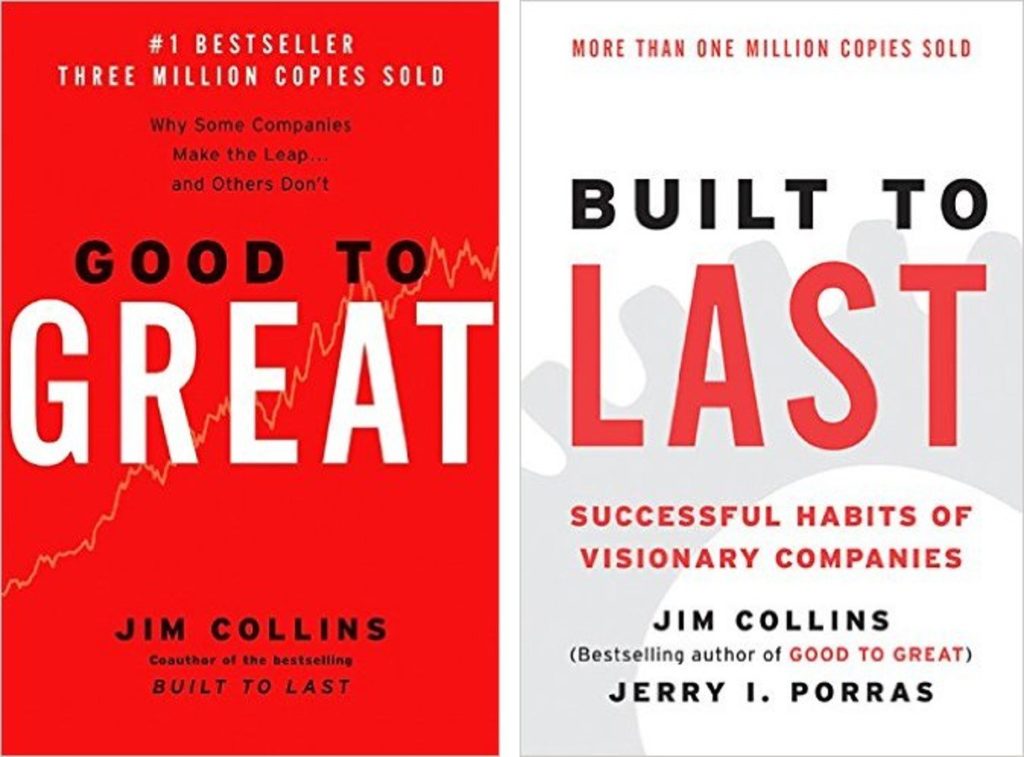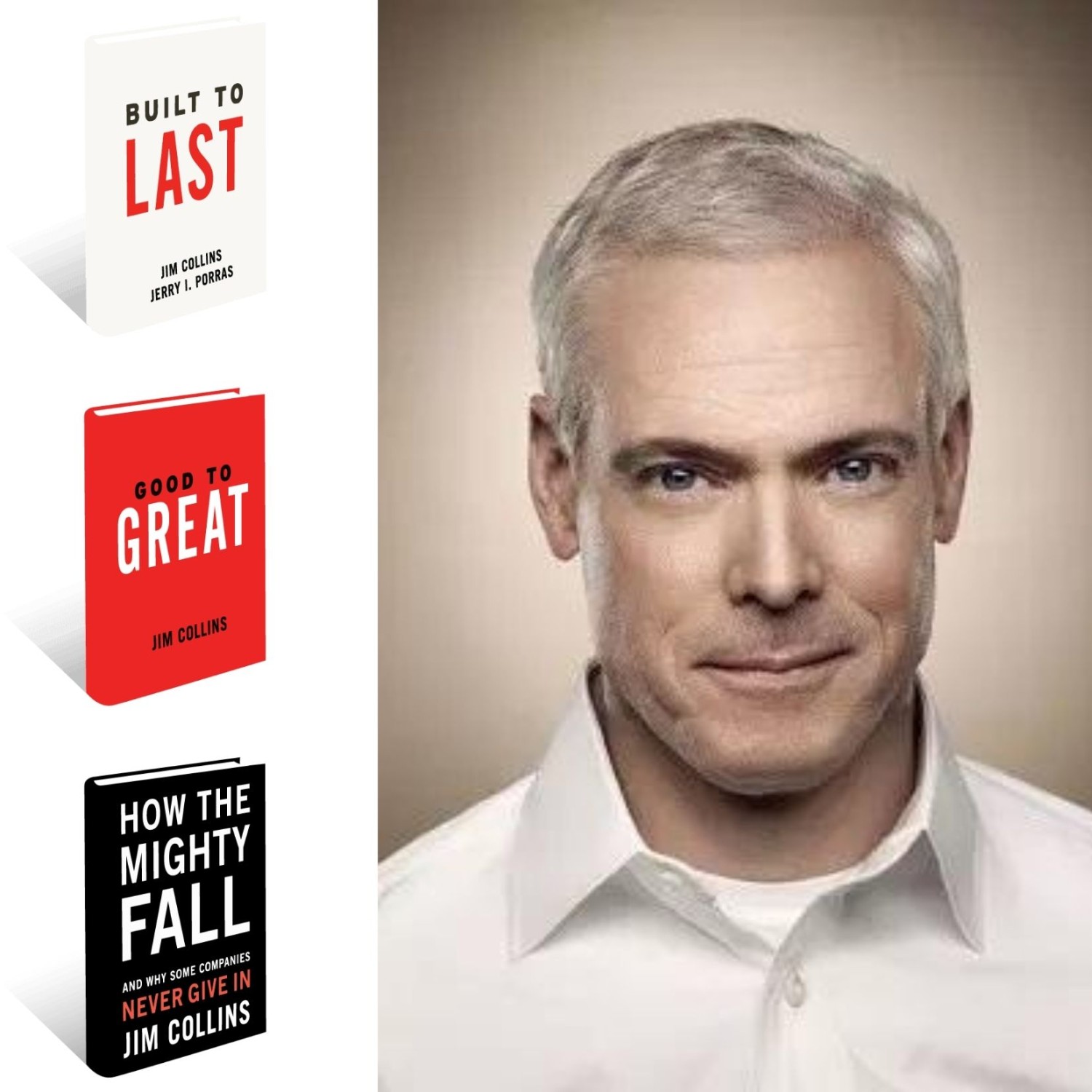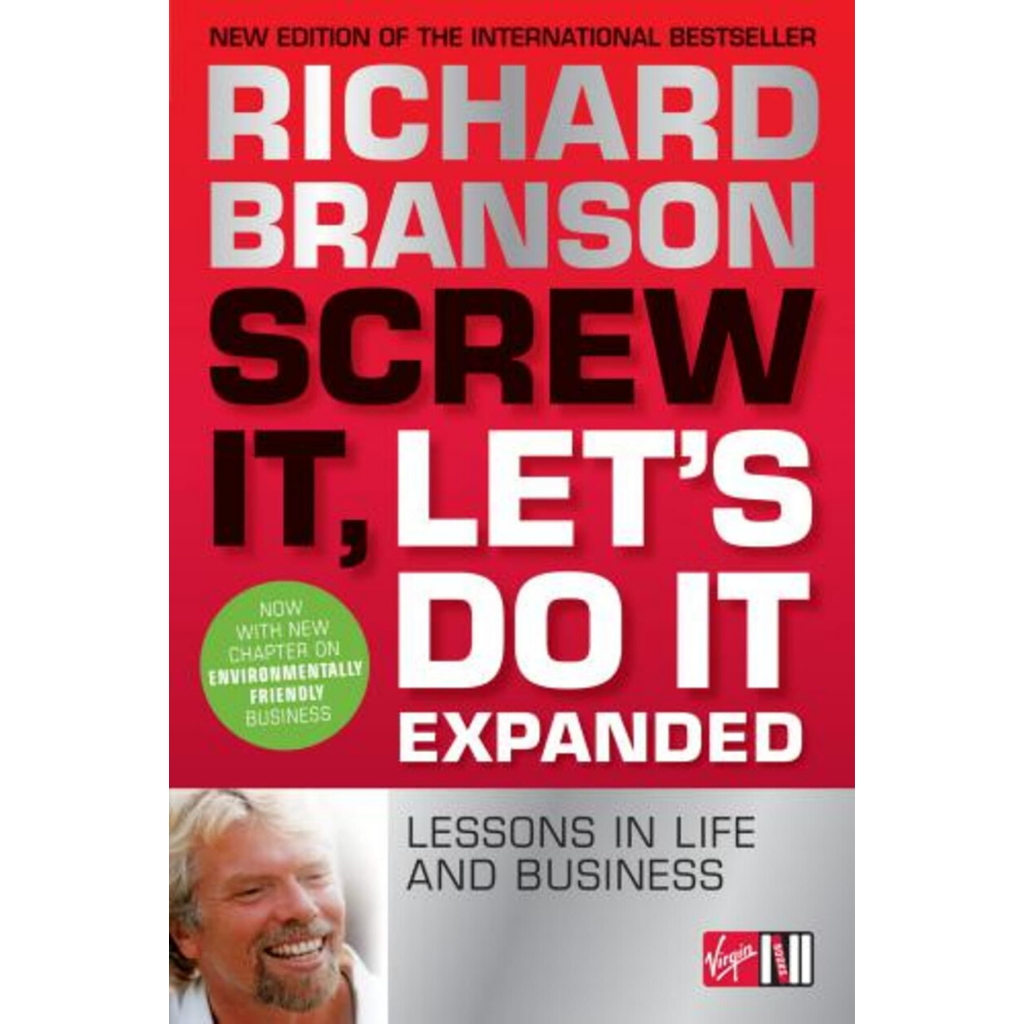I read two books some time ago, and while the details have faded, one key takeaway remains: for a company to thrive and endure, it requires distinct discipline and culture, as outlined in both books. Interestingly, it appears that these principles can extend to benefit our personal and professional lives. I hope this insight proves helpful to future readers!

“Built to Last” explores Visionary Companies—establishments thriving for decades or even centuries, surpassing peers. Examining companies like 3M, Boeing, Ford, Hewlett-Packard, Motorola, Sony, and Walt Disney, the authors highlight distinctive practices:
Strategic Intent: Emphasizing strong core values beyond profit, these companies use mechanisms like selection processes to reinforce their values.
Big Hairy Audacious Goals (BHAGs): Motivating teams with audacious goals, sometimes staking the entire company, these visionaries experiment (as seen with 3M), keeping what works without compromising core values.
Organic Growth: Favoring internal growth, these companies rarely hire externally to preserve core values, incorporating constant improvement mechanisms to avoid complacency.
The authors assert these companies’ greatest achievement lies in architecting themselves to endure across leadership changes, product shifts, and technological evolution. Interestingly, contrary to expectations, they did not rely on a great idea or charismatic leaders, as early success and larger-than-life figures often hindered their long-term success in comparison companies.
“Good to Great” explores how once average companies achieved greatness, highlighting commonalities in their approach:
Leadership: Effective leaders are humble, modest, fearless, and prioritize the company over personal fame. They nurture successors, take necessary actions, give credit, and assume responsibility.
Selection: Emphasis on recruiting the right people precedes vision and strategy. Character traits outweigh specific skills, emphasizing the belief that with the right team, any goal is achievable.
Faith and Confrontation: Successful leaders balance unwavering faith with confronting harsh realities. The importance of the right leadership is stressed to encourage an open dialogue, avoiding coercion or corrosive behavior.
Passion and Expertise: Thriving in areas of deep passion and expertise, understanding the driving forces behind profitability (the Hedgehog Concept), is key.
Disciplined Culture and Entrepreneurial Ethic: Balancing disciplined culture with an entrepreneurial ethic involves providing a framework with clear constraints (aligned with the Hedgehog Concept) while granting freedom and responsibility.
Technology Alignment: Carefully chosen technologies supporting the Hedgehog Concept accelerate momentum, recognizing that technology alone doesn’t create success.
Gradual Transformations: Sustainable change occurs gradually, not in a single overhaul. Cumulative, incremental transformations are emphasized.
Despite economic downturns affecting some profiled companies, the book’s valuable insights still hold, with many, like Wells Fargo, aligning with Collins’ good-to-great model.







